Oozing Cactus Plants: Reasons For Sap Leaking From A Cactus
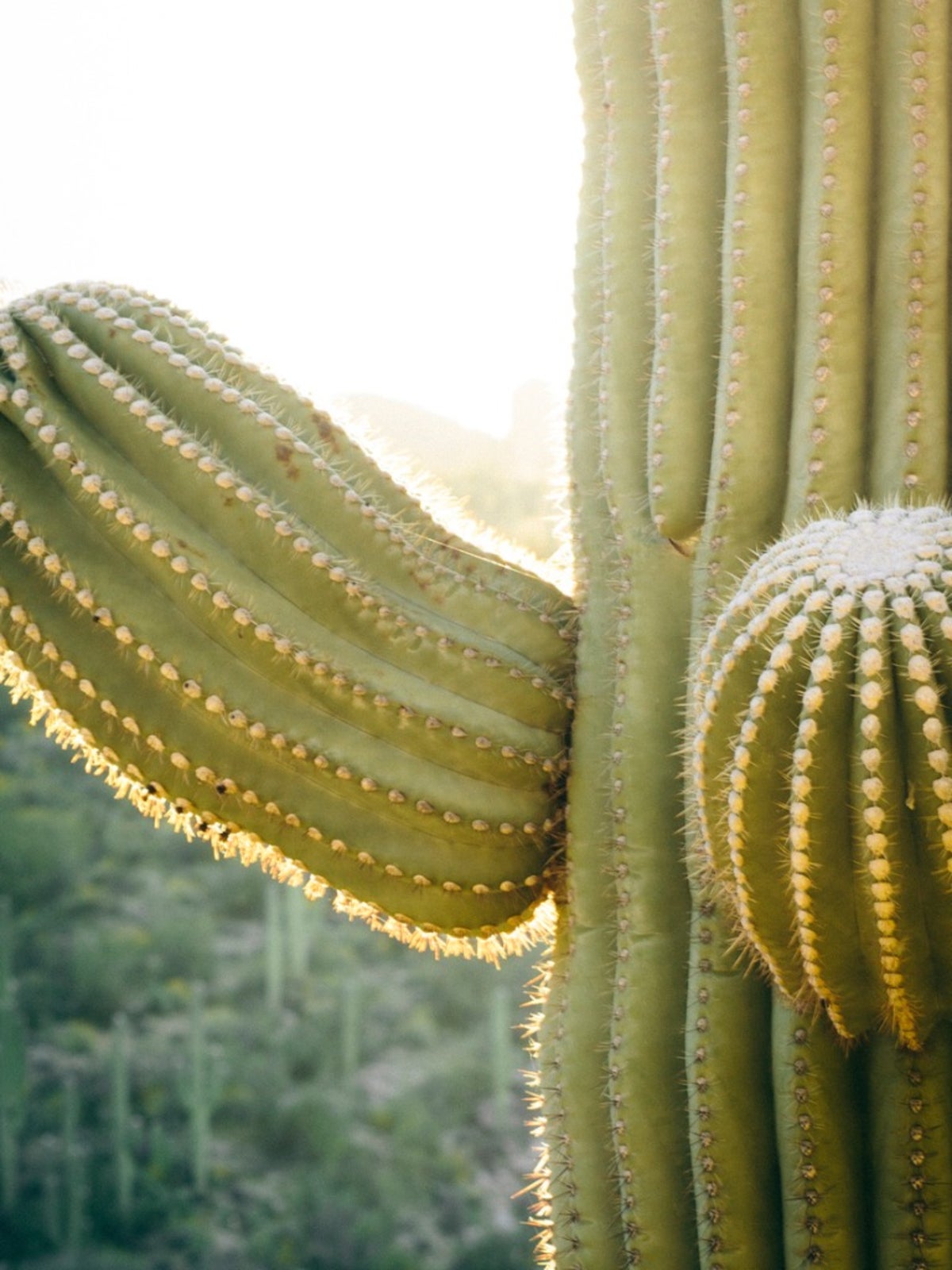

It can be frustrating to find one of your prized cactus plants leaking sap. Do not let this put you off, however. Let's take a look at reasons for sap leaking from a cactus plant.
Why is My Cactus Oozing Sap?
There are several reasons for sap leaking from a cactus. It could be an indication of a fungal disease, pest problem, tissue injury, or even the result of freezing or excess sun exposure. You will need to become a detective and round up the clues to diagnose the issue by the process of elimination. It's important to verify that correct care is given, as improper cultivation can also be a cause of a cactus oozing sap. Put your frock coat and bowler on and let's get investigating!
Cultivation Problems
Oozing cactus plants can be the result of a number of different things. Overwatering, poor drainage, lack of light, too much concentrated sun, and even the type of water you use can all cause tissue damage and release cactus sap. When improper cultivation is applied, the plants can experience rot, sunburn, and even mechanical damage. Since cacti store water in their stems and pads, any ruptured area will weep fluid. Most cacti will heal from small injuries but their vigor may be greatly reduced.
Diseases
In the mid 1990's, botanists were concerned about the Saguaro cacti, which were oozing black sap. The cause was widely debated but never fully determined. Pollution, ozone depletion, and the removal of the larger “nurse” saguaro plants likely contributed to the giant cacti's health problems. More common to the home grower, however, are fungal and bacterial diseases that cause a defensive reaction in the plant, resulting in sap leaking from a cactus. The cactus sap may appear to be brown or black, which indicates a bacterial problem. Fungus spores may be soil or air borne. Repotting the cactus every two years can help minimize the chance of bacterial issues and keeping the soil dry to the touch reduces the formation of fungal spores.
Pests
Cacti that are growing outside can fall victim to many pests. Birds can peck at the trunks, rodents chew on the flesh, and smaller invaders (such as insects) may wreak havoc on the plants. For instance, the cactus moth is a scourge of cacti. Its larva cause yellowing of the skin and oozing cactus plants. These moths are predominantly found on the Gulf Coast. Other larval forms cause cactus oozing sap during their burrowing. Watch for their presence and combat by manual removal or organic pesticides.
What to Do to Save Oozing Cactus Plants
If the flow of sap is severe enough to damage the health of your plant, you may be able to save it by replanting or propagating the healthy portion. If the top is still vigorous and firm, but the lower part of the plant is where the injury has occurred, you can cut it off. Remove the healthy part and let the cut end dry out for a few days and callus. Then plant it in clean cactus mix. The cutting will root and produce a new, hopefully healthier plant.
Gardening tips, videos, info and more delivered right to your inbox!
Sign up for the Gardening Know How newsletter today and receive a free copy of our e-book "How to Grow Delicious Tomatoes".

Bonnie Grant is a professional landscaper with a Certification in Urban Gardening. She has been gardening and writing for 15 years. A former professional chef, she has a passion for edible landscaping.
-
 Grow ‘Karl Rosenfield’ Peony Plants For The Ultimate Frilly Border Beauties And Cut Flowers
Grow ‘Karl Rosenfield’ Peony Plants For The Ultimate Frilly Border Beauties And Cut FlowersFor frilly double magenta peony petals infused with a heady fragrance, grow ‘Karl Rosenfield’ peony plants. Here’s how to cultivate the ultimate plushy blooms
By Tonya Barnett
-
 10 Common Composting Problems That Can Spoil Your Garden Gold – Plus Easy Fixes
10 Common Composting Problems That Can Spoil Your Garden Gold – Plus Easy FixesLearn how to troubleshoot common composting issues before they ruin your stash – from bad smells and bugs to materials not breaking down as they should.
By Susan Albert
-
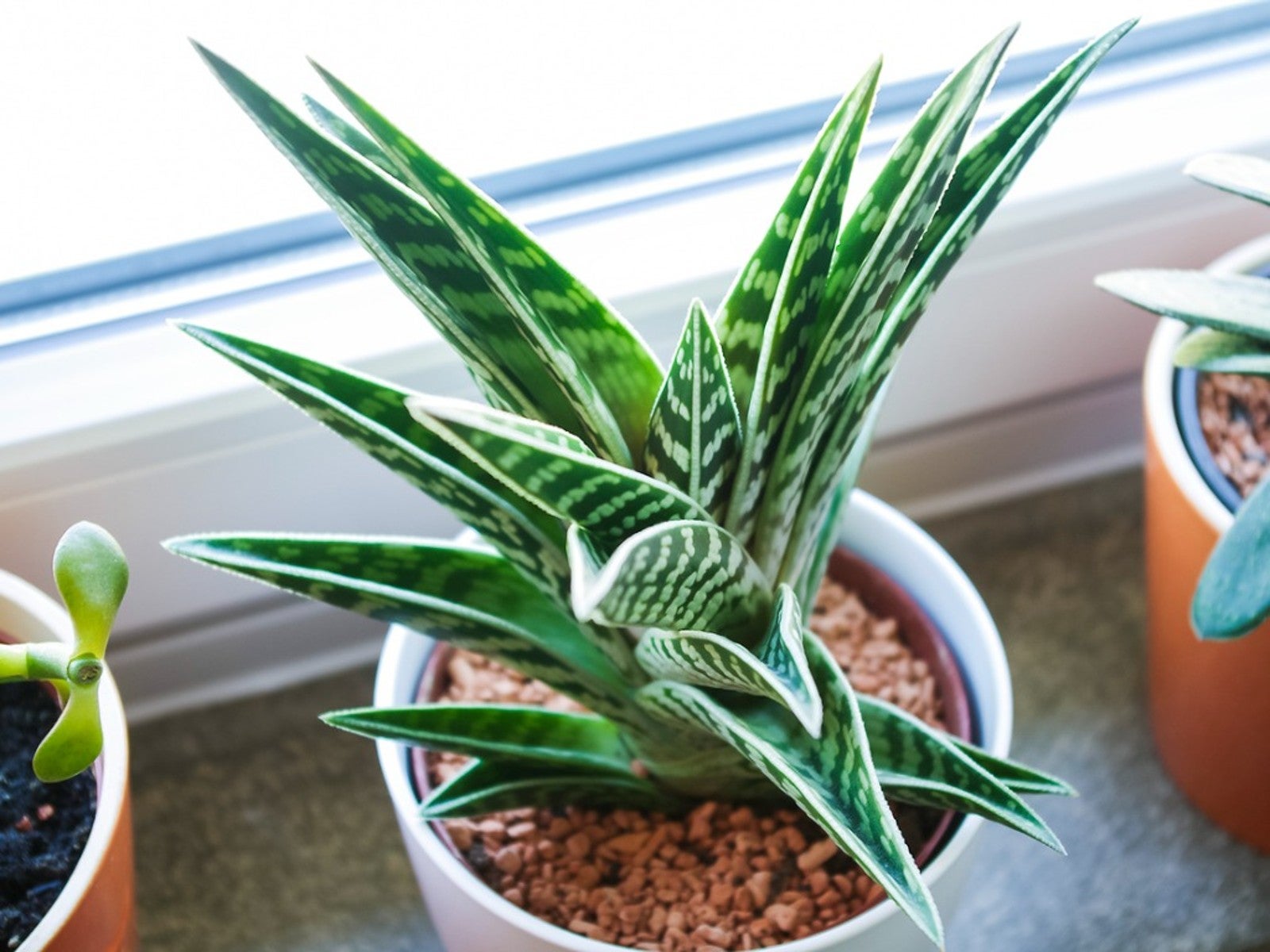 Variegated Succulents To Add To Your Plant Collection
Variegated Succulents To Add To Your Plant CollectionRead about some of the pretty variegated species that add beauty and interest to your succulent collection.
By Becca Badgett
-
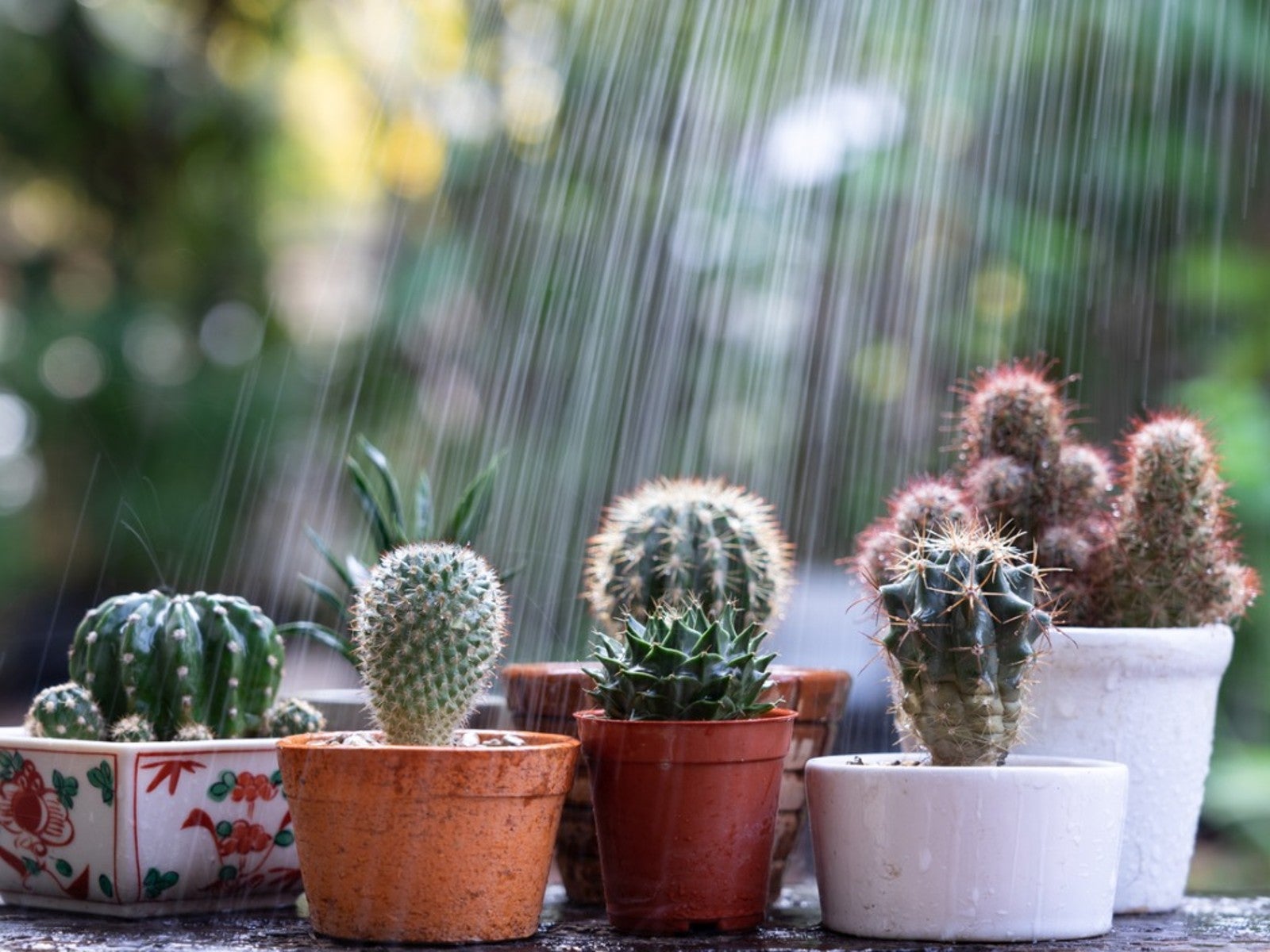 How To Protect Succulents And Cacti From Rain
How To Protect Succulents And Cacti From RainRain has the potential to cause damage to our cacti and succulents. However, when planted in proper soil, rainfall may perform as just a deep watering. Read on for more.
By Becca Badgett
-
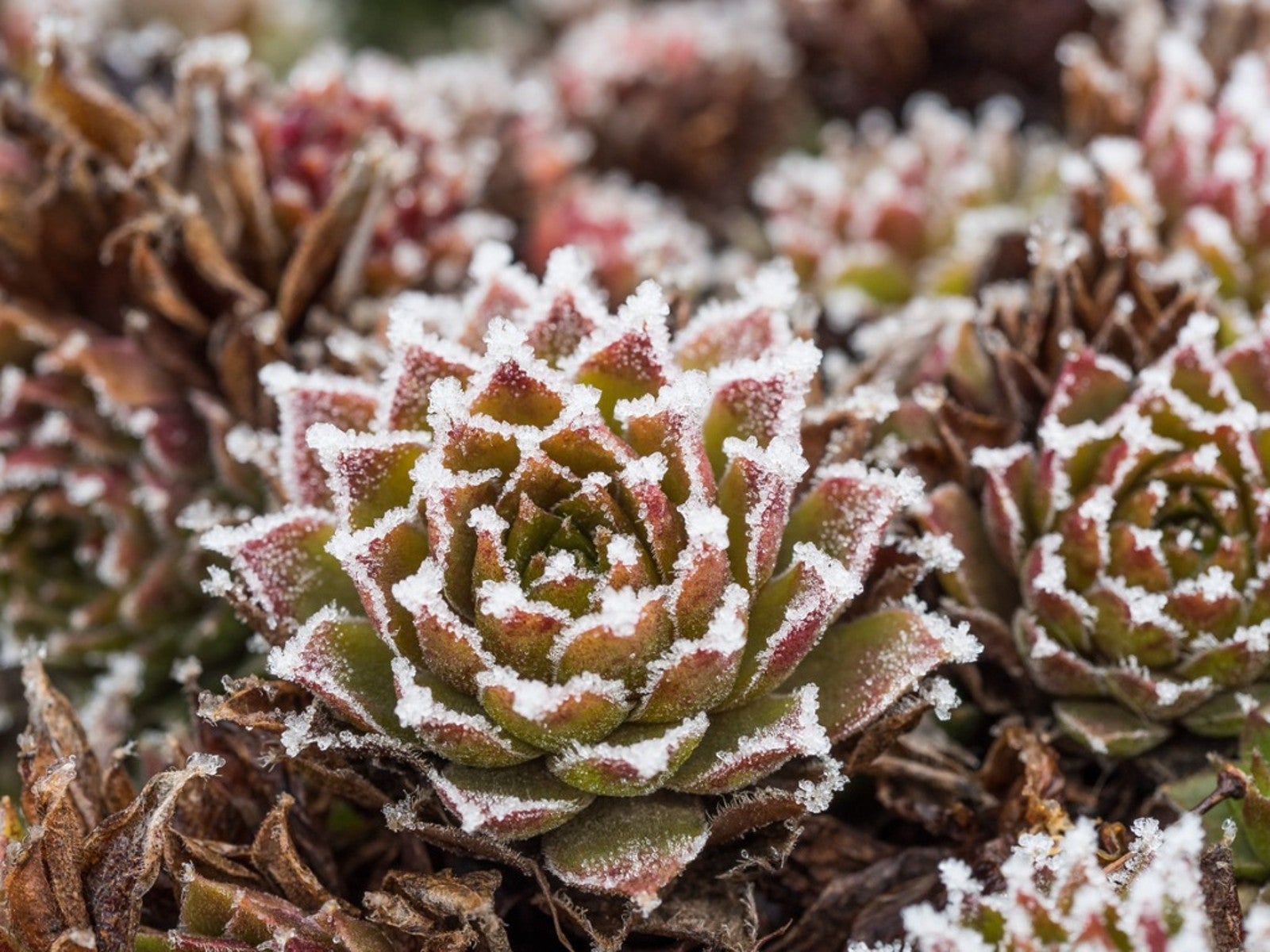 Succulents and Frost: How To Save A Succulent From Frost Or Freeze
Succulents and Frost: How To Save A Succulent From Frost Or FreezeCan succulents withstand cold? Succulents and frost don't traditionally go together and can result in damage, but you may be able to save frozen succulents.
By Bonnie L. Grant
-
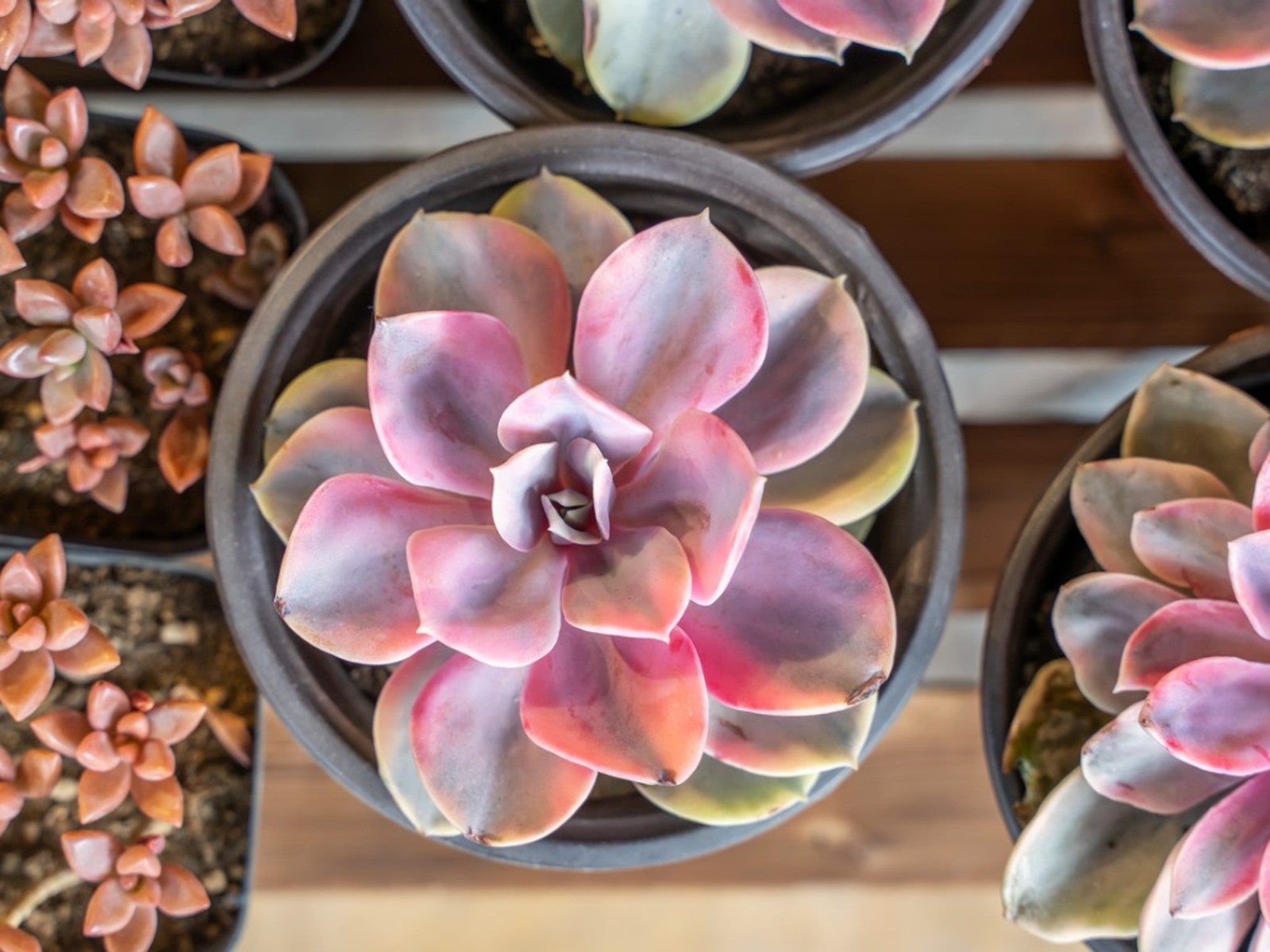 Pink Succulents Varieties To Try: How To Grow Perfect Pink Succulent Plants
Pink Succulents Varieties To Try: How To Grow Perfect Pink Succulent PlantsPink succulents may display the color on leaf edges or with streaks or blotches mingled throughout the foliage. Here are our favorites.
By Becca Badgett
-
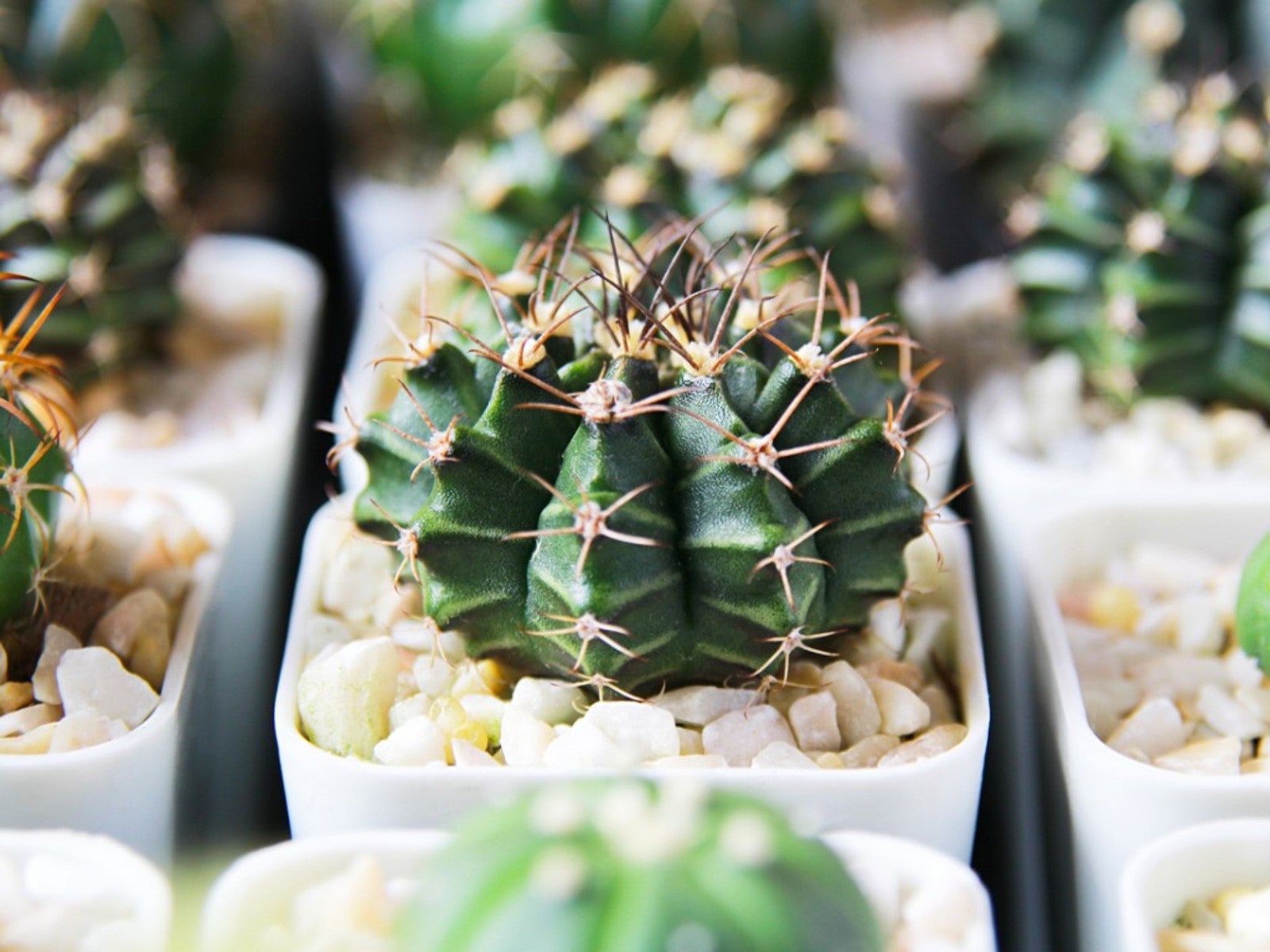 10 No Fuss Cacti - What’s The Best Low Maintenance Cactus
10 No Fuss Cacti - What’s The Best Low Maintenance CactusIf you’re thinking of adding plants to your collection, consider no fuss cacti. Click here for an easy cacti list, even for beginners.
By Becca Badgett
-
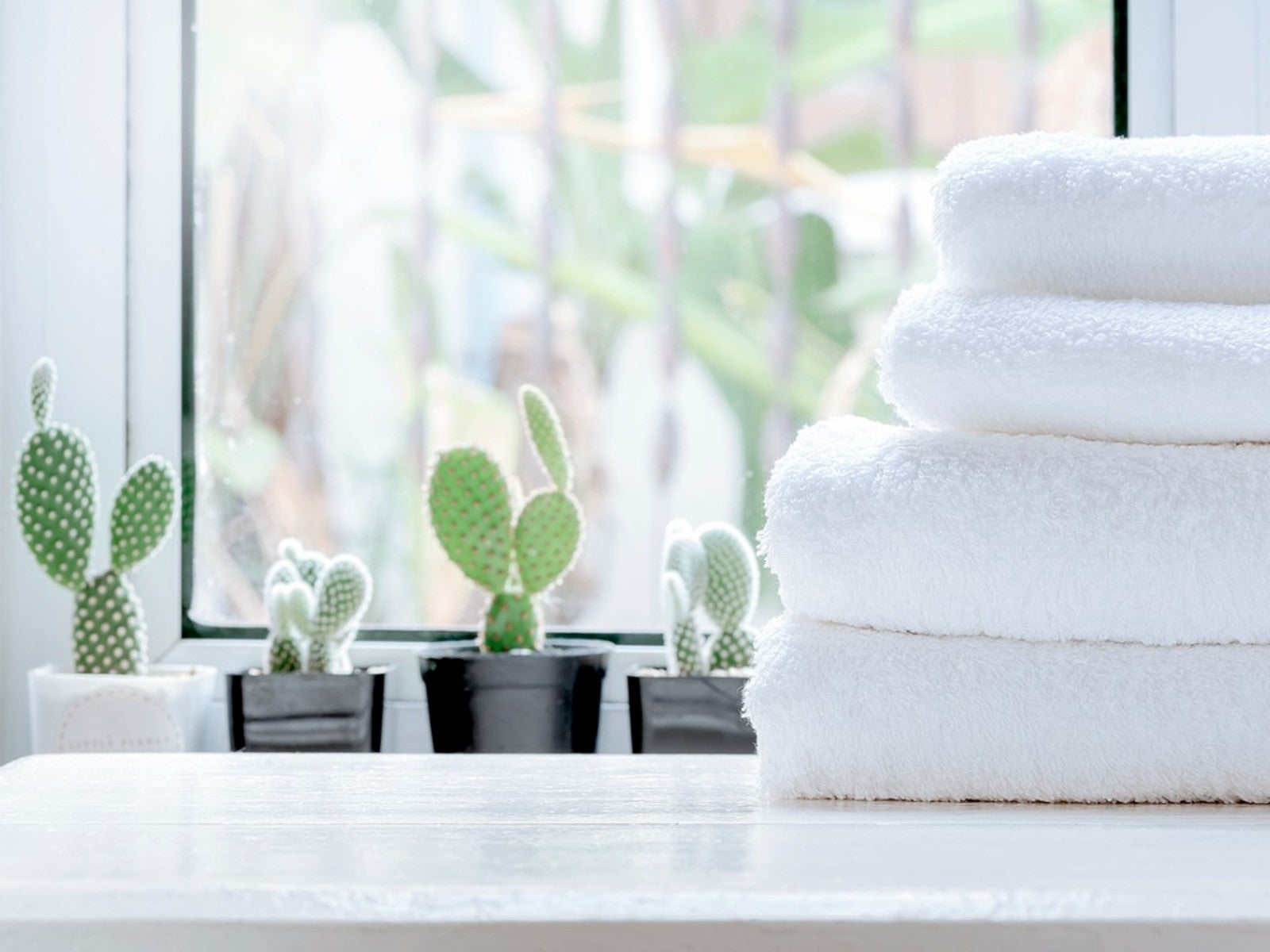 5 Best Succulents For A Bathroom
5 Best Succulents For A BathroomSome succulents can be great options for bathroom decoration. Read on for our top five bathroom succulent ideas.
By Becca Badgett
-
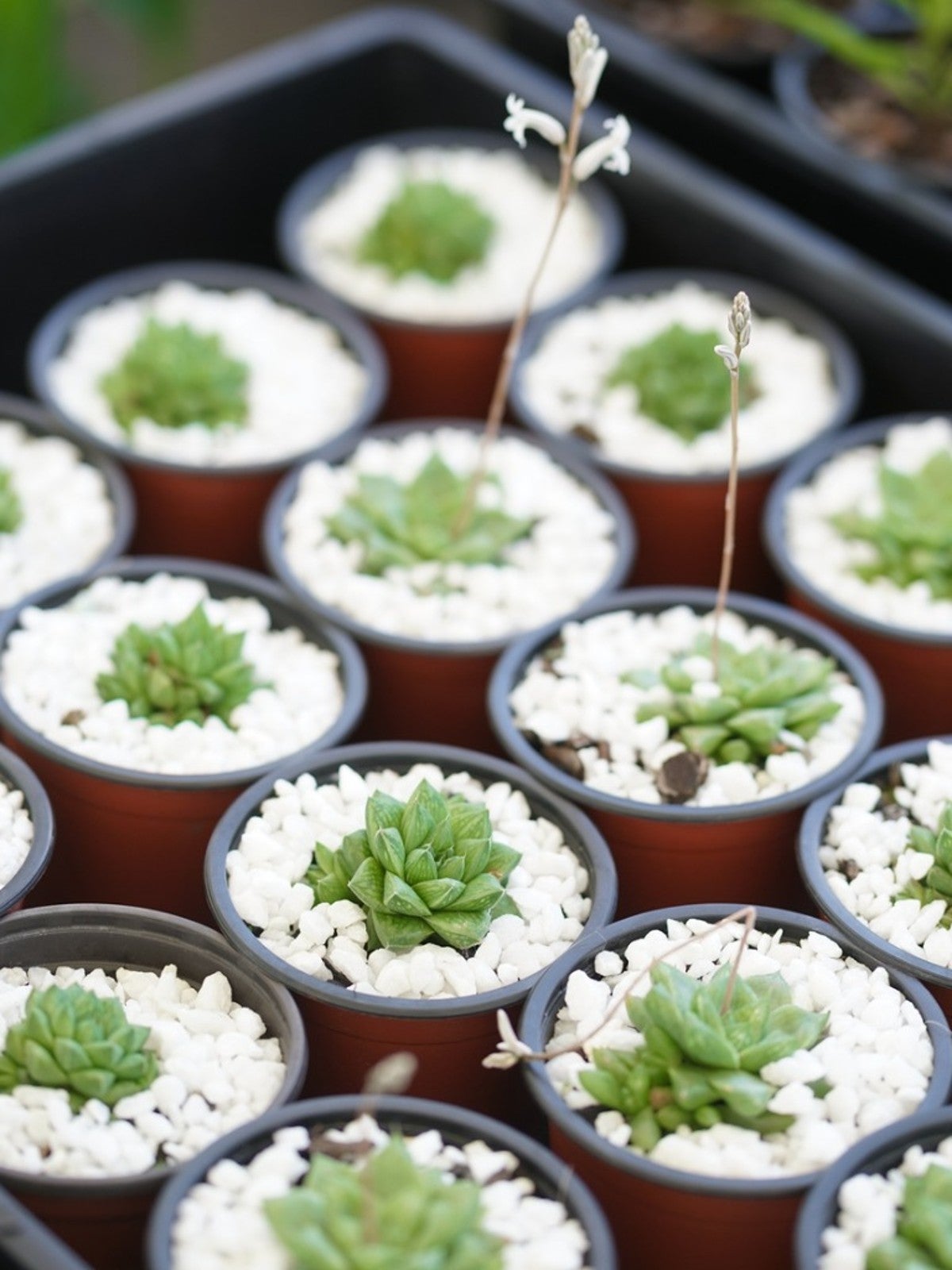 What Is A Succulent Starter Kit - Best Succulent Starter Kits
What Is A Succulent Starter Kit - Best Succulent Starter KitsWhile garden kits are not the most inexpensive option for growing succulents, they do include everything you’ll need. Grow succulents from seed by using a succulent seed starter kit to learn the process and to check your results.
By Becca Badgett
-
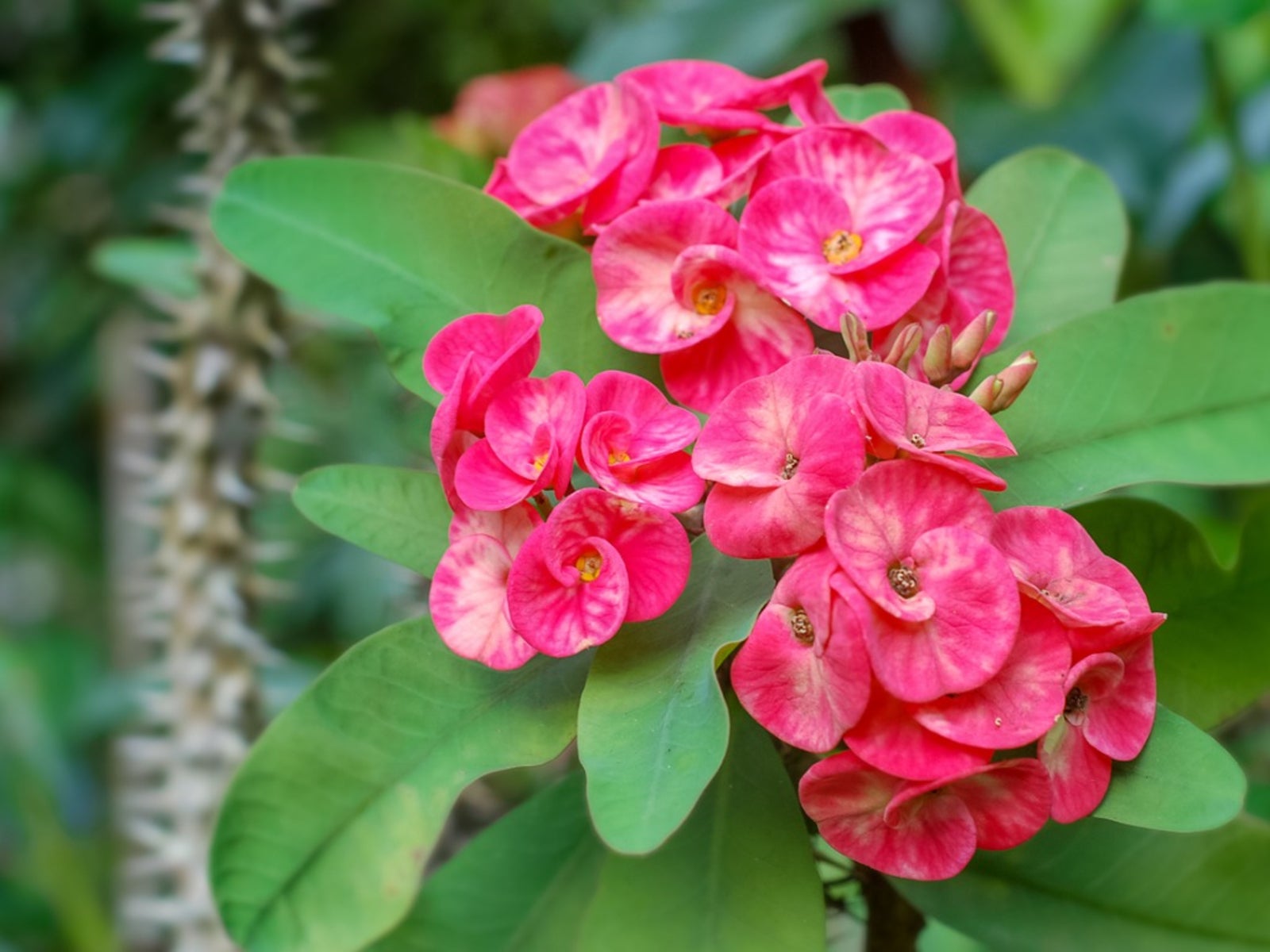 Dazzling Succulents - Succulents With Striking Flowers
Dazzling Succulents - Succulents With Striking FlowersWhen you think of succulents you may just envision their unique leaves and stems. But succulents also produce bright and bold flowers in the right conditions. Read on to learn more.
By Bonnie L. Grant